

- RFQ
- BOM
-
Contact Us
Tel: +86-0755-83501315
Email: sales@sic-components.com
- Chinese
- English
- French
- German
- Portuguese
- Spanish
- Russian
- Japanese
- Korean
- Arabic
- Irish
- Greek
- Turkish
- Italian
- Danish
- Romanian
- Indonesian
- Czech
- Afrikaans
- Swedish
- Polish
- Basque
- Catalan
- Esperanto
- Hindi
- Lao
- Albanian
- Amharic
- Armenian
- Azerbaijani
- Belarusian
- Bengali
- Bosnian
- Bulgarian
- Cebuano
- Chichewa
- Corsican
- Croatian
- Dutch
- Estonian
- Filipino
- Finnish
- Frisian
- Galician
- Georgian
- Gujarati
- Haitian
- Hausa
- Hawaiian
- Hebrew
- Hmong
- Hungarian
- Icelandic
- Igbo
- Javanese
- Kannada
- Kazakh
- Khmer
- Kurdish
- Kyrgyz
- Latin
- Latvian
- Lithuanian
- Luxembou..
- Macedonian
- Malagasy
- Malay
- Malayalam
- Maltese
- Maori
- Marathi
- Mongolian
- Burmese
- Nepali
- Norwegian
- Pashto
- Persian
- Punjabi
- Serbian
- Sesotho
- Sinhala
- Slovak
- Slovenian
- Somali
- Samoan
- Scots Gaelic
- Shona
- Sindhi
- Sundanese
- Swahili
- Tajik
- Tamil
- Telugu
- Thai
- Ukrainian
- Urdu
- Uzbek
- Vietnamese
- Welsh
- Xhosa
- Yiddish
- Yoruba
- Zulu
- Kinyarwanda
- Tatar
- Oriya
- Turkmen
- Uyghur
Precision Amplifiers For Harsh Environments
Precision amplifiers in harsh environments—they’re not just components, really. They’re the unsung heroes that keep critical systems from falling apart when everything around them is trying to break them down. Think about it: industrial plants with searing temperatures, chemical refineries where corrosive fumes hang thick, oil rigs shaking with every wave, or even automotive underhood setups where heat and vibration are constant companions. In places like these, a run-of-the-mill op amp won’t last five minutes. You need something built to stand up, to keep measuring accurately even when the world around it is hostile.
What makes them different? Well, start with temperature. Most standard amplifiers conk out once things get above 85°C or below -40°C, but harsh environment parts? They’ll laugh off 125°C, 150°C, sometimes even higher. And it’s not just about surviving the heat—it’s about staying precise. Drift is the enemy here. A precision amplifier that gains or offsets shifts by a few microvolts per degree might not matter in an air-conditioned lab, but in a foundry where temperatures swing 50°C in an hour? That tiny drift adds up, turns a reliable sensor reading into garbage. The good ones—they’re designed with materials and architectures that fight that, maybe using laser-trimmed resistors or special die bonding to keep drift in check.
Then there’s the physical abuse. Vibration, shock, the kind of pounding that would loosen solder joints in cheaper components. Harsh environment amplifiers often have ruggedized packages—maybe ceramic instead of plastic, which handles thermal stress better, or hermetic sealing to keep out moisture and contaminants. I’ve seen units in oil exploration gear that have to withstand hundreds of Gs of shock when a drill hits a hard rock layer. If the amplifier’s internal connections give out, the whole well logging system goes dark. Not good. So these parts are overbuilt, in the best way—every solder joint, every wire bond, tested to survive more than the worst-case scenario.
Electrical noise is another beast. Industrial environments are full of it—motors, transformers, high-voltage equipment dumping interference into the air and wiring. A precision amplifier here needs to be a noise ninja, rejecting common-mode signals that would swamp the tiny sensor outputs they’re trying to amplify. Maybe they have high common-mode rejection ratio (CMRR) specs, or built-in filtering to knock down EMI. I worked on a project once where a temperature sensor in a factory was getting swamped by a nearby motor drive. We swapped in an amplifier with better CMRR and suddenly the readings stabilized—like night and day. It’s not just about raw gain; it’s about gaining the signal you want and ignoring everything else.
Chemical exposure is easy to overlook, but in places like chemical plants or marine environments, even the air is trying to eat your electronics. Salt spray, corrosive gases, humidity that never drops below 90%—these things degrade ordinary components from the outside in. Hermetic packaging helps here, but it’s not enough. The materials matter too—gold-plated leads instead of tin, maybe special epoxies that resist chemical attack. I’ve heard stories of amplifiers in coastal monitoring stations that lasted 10 years in salt air, while their non-rugged counterparts crumbled in two. It’s a small detail, but over time, it makes all the difference.
Power supply issues are par for the course in harsh settings, too. Voltage spikes from machinery, brownouts when a big motor starts up. A precision amplifier that’s sensitive to supply variations is going to misbehave. The better ones have wide supply ranges and high power supply rejection ratio (PSRR), so they keep working even when the power is dirty. Maybe they include overvoltage protection, clamping circuits that shunt excess voltage away from the sensitive die. In a mining operation, where the power grid is more of a suggestion than a guarantee, that kind of robustness isn’t a luxury—it’s a necessity.
Of course, all this ruggedness comes at a cost. These amplifiers aren’t cheap, and they’re often bigger than their commercial counterparts. But in applications where failure means downtime, safety risks, or lost data? The price tag fades into the background. A refinery shutdown because a temperature sensor amplifier failed could cost tens of thousands an hour. Spending a few extra dollars on a rugged part seems trivial then.
SIC thinks what impresses me most is how these amplifiers balance two opposing needs—extreme ruggedness and pinpoint precision. It’s easy to make something tough that’s not accurate, or something accurate that’s fragile. But the good ones? They do both. They’re built for places where “good enough” gets people hurt, or costs a fortune. So next time you hear about a sensor in a volcano, or a pipeline monitor in the Arctic, remember—there’s a precision amplifier in there, working its tail off, keeping the numbers reliable when everything else is trying to make them lie.

Hot Products
View MoreRelated Blogs

2000+
Daily average RFQ Volume

30,000,000
Standard Product Unit

2800+
Worldwide Manufacturers

15,000 m2
In-stock Warehouse



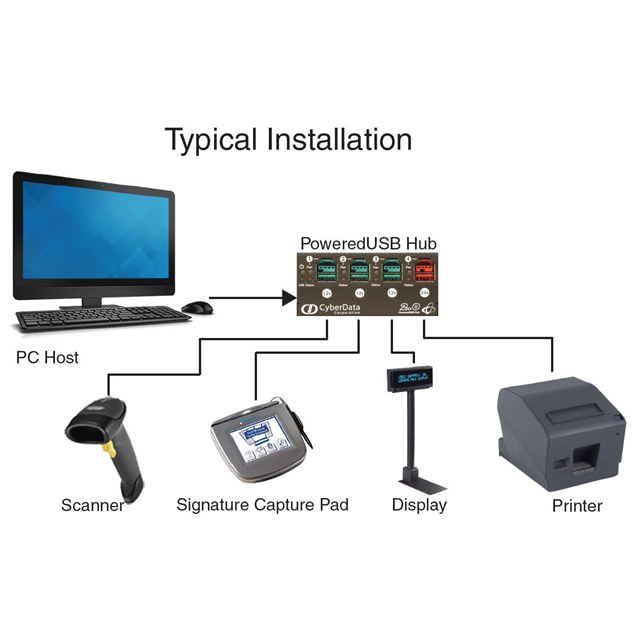

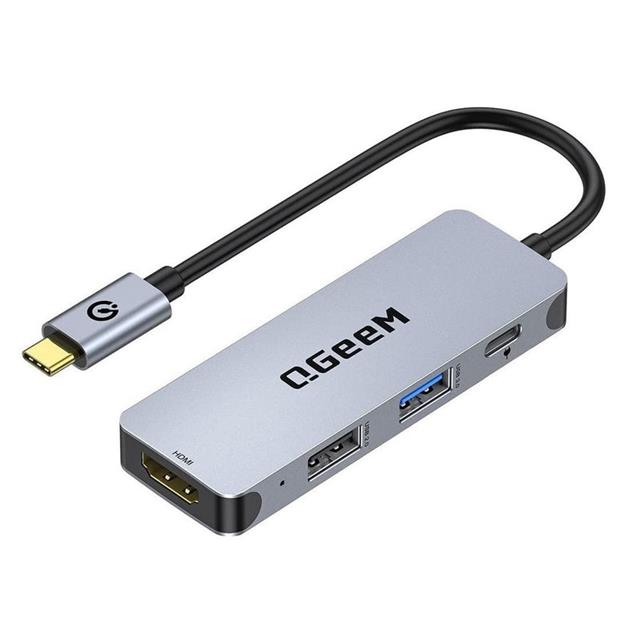


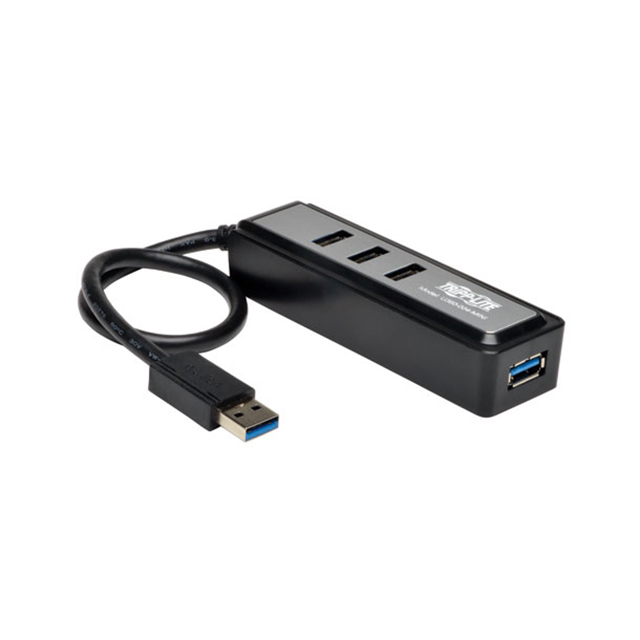
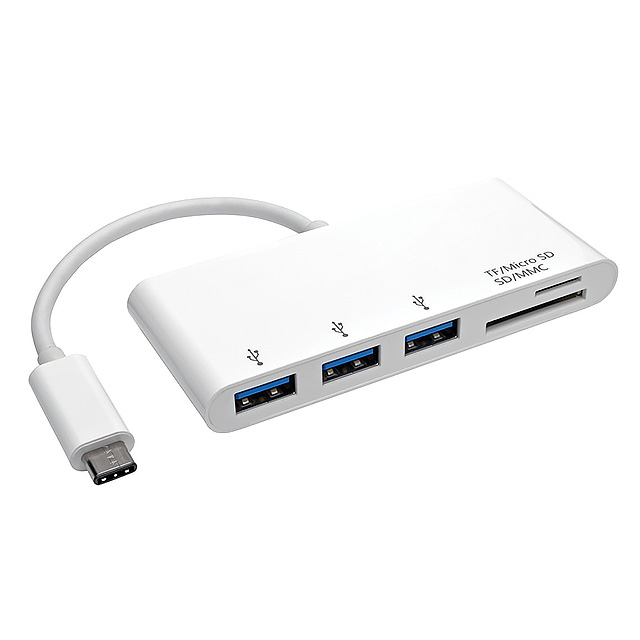
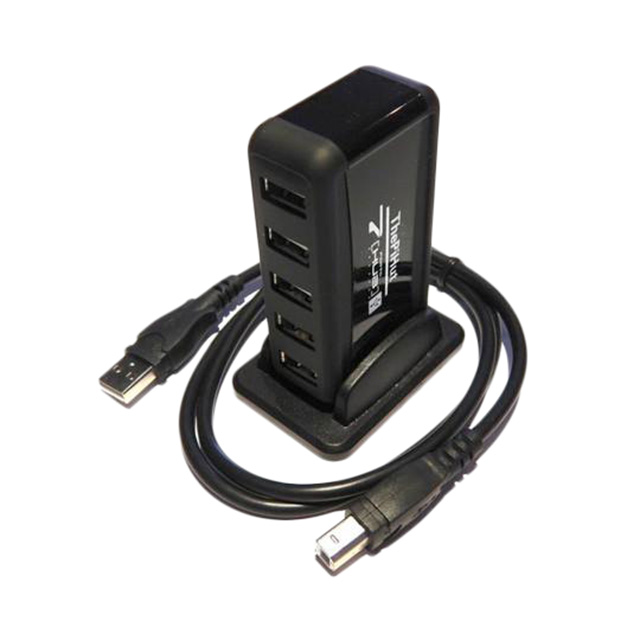
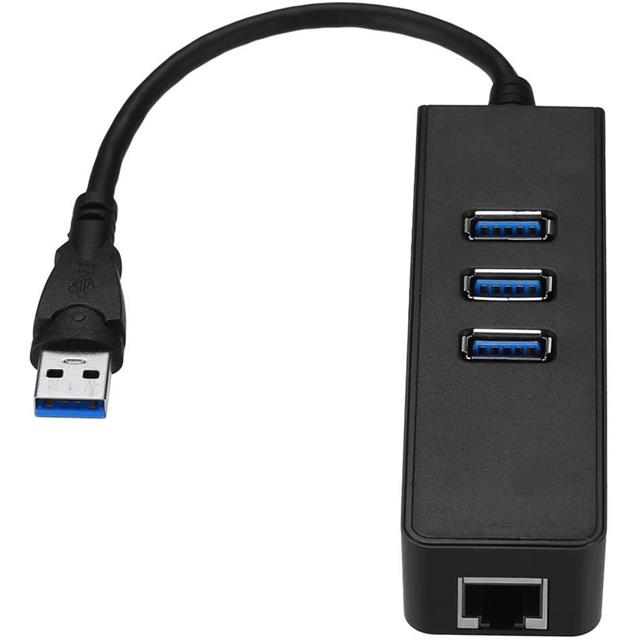
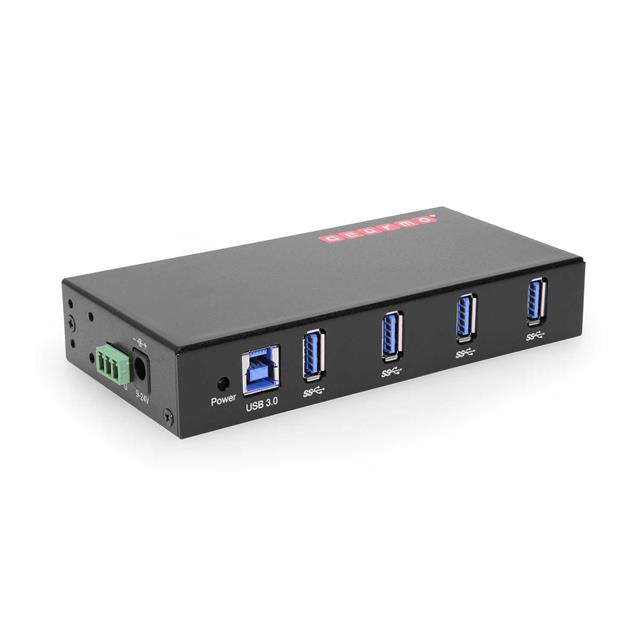

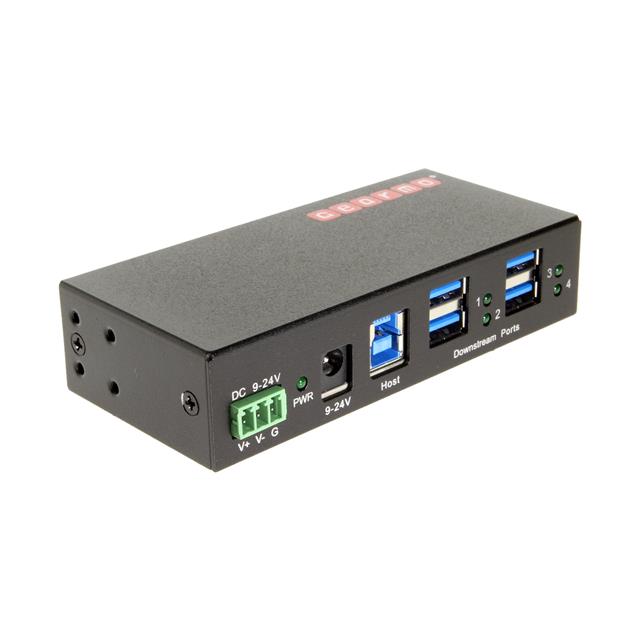
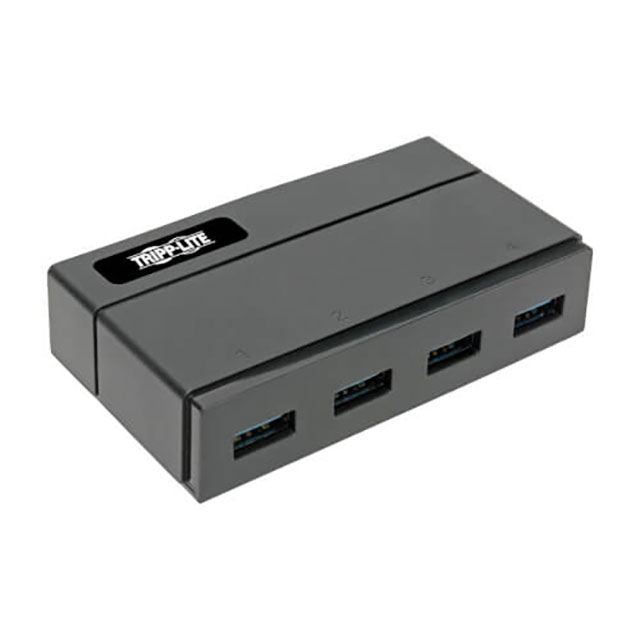
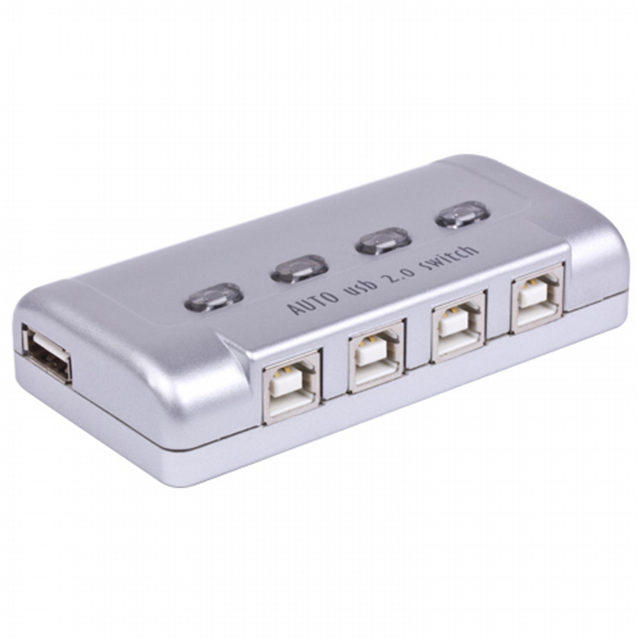

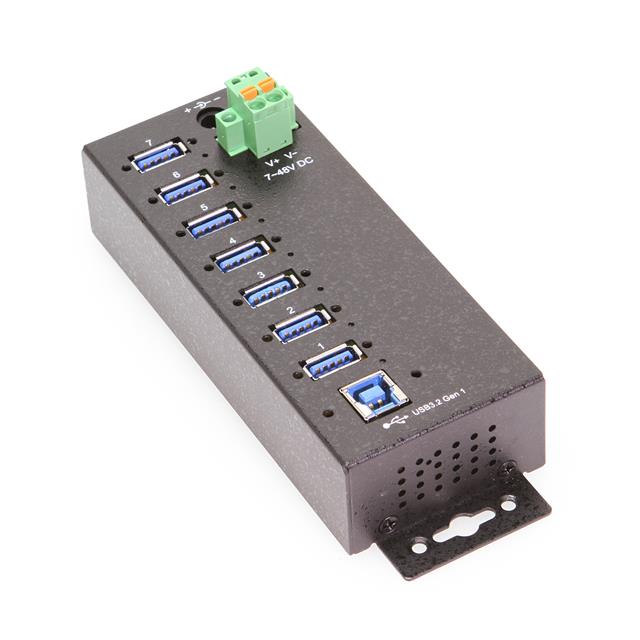


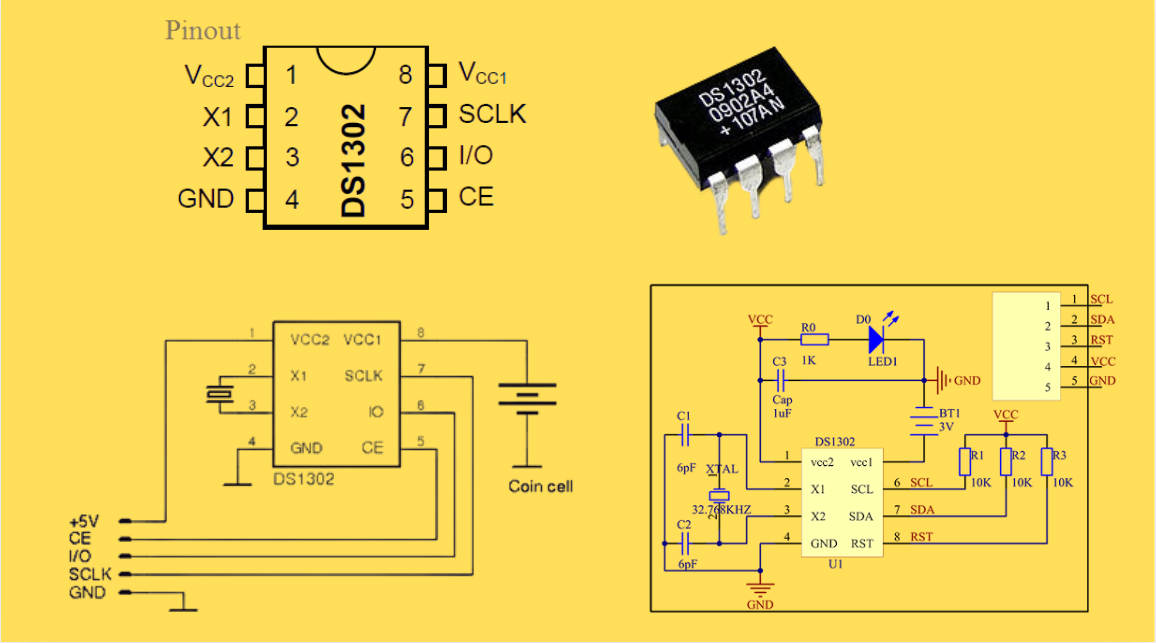

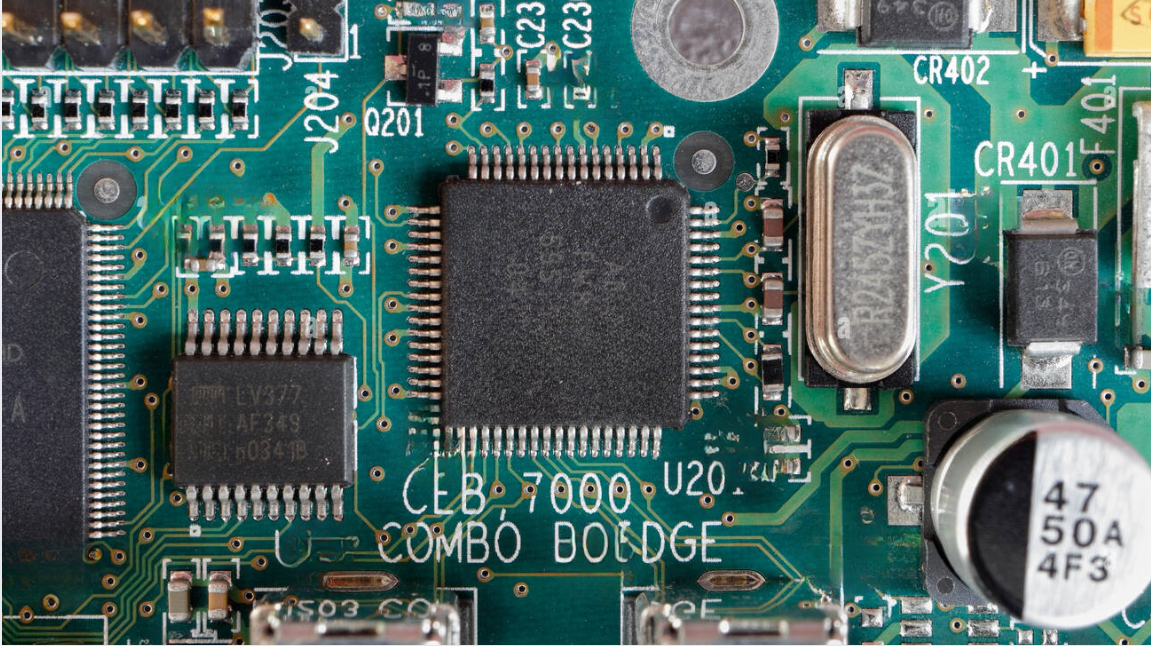
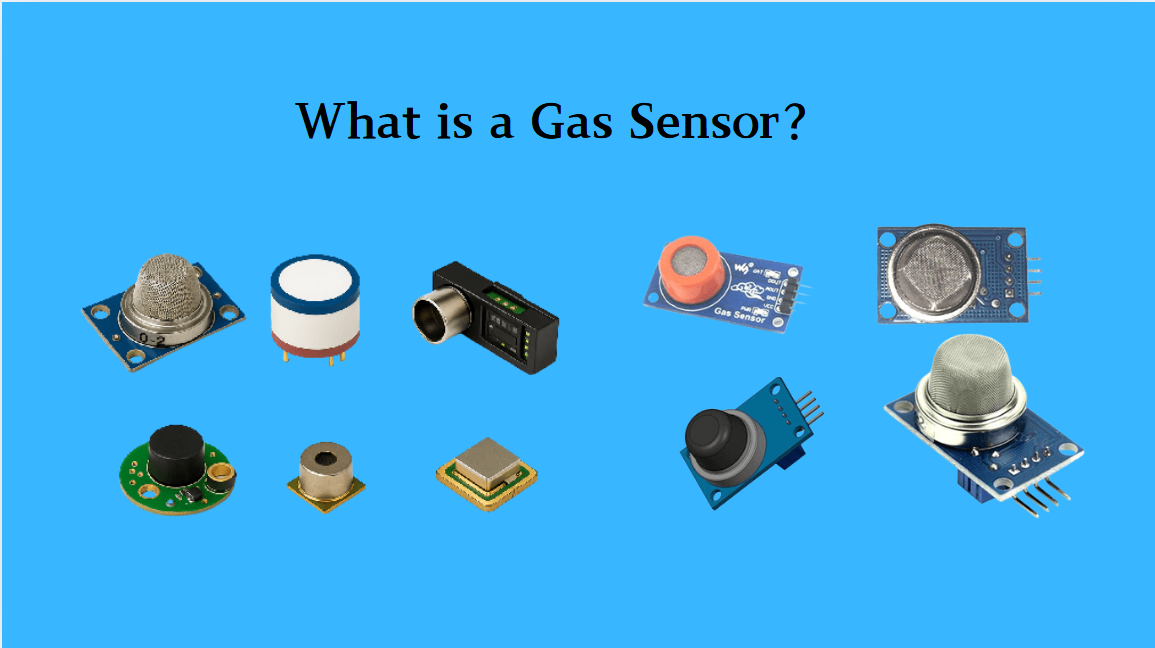

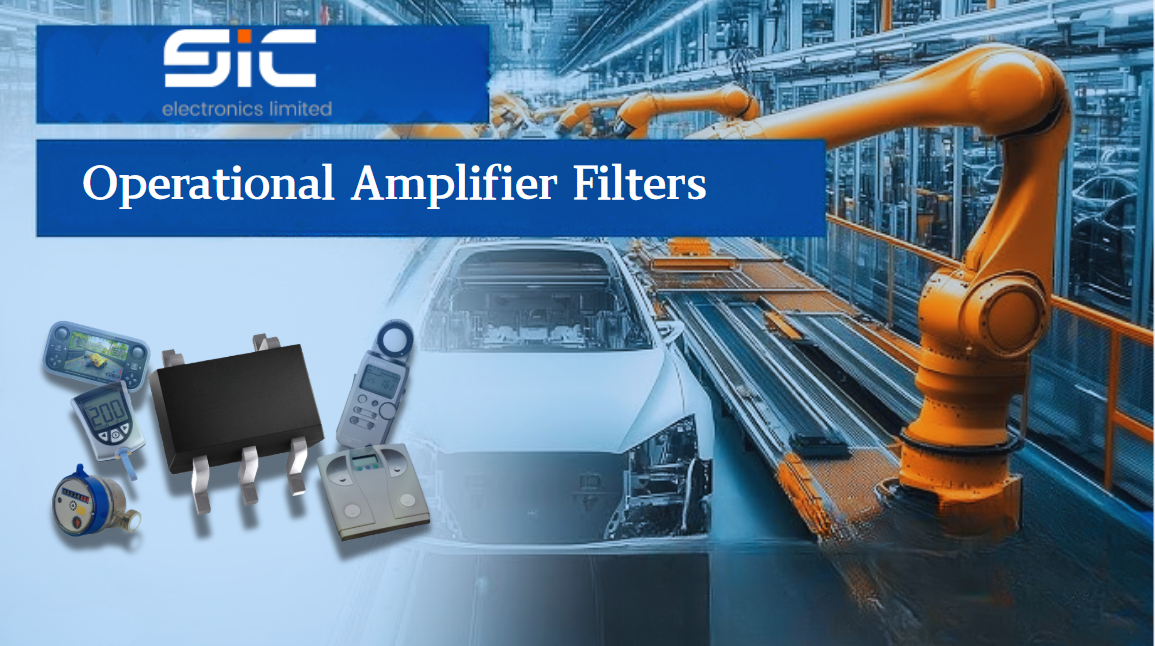

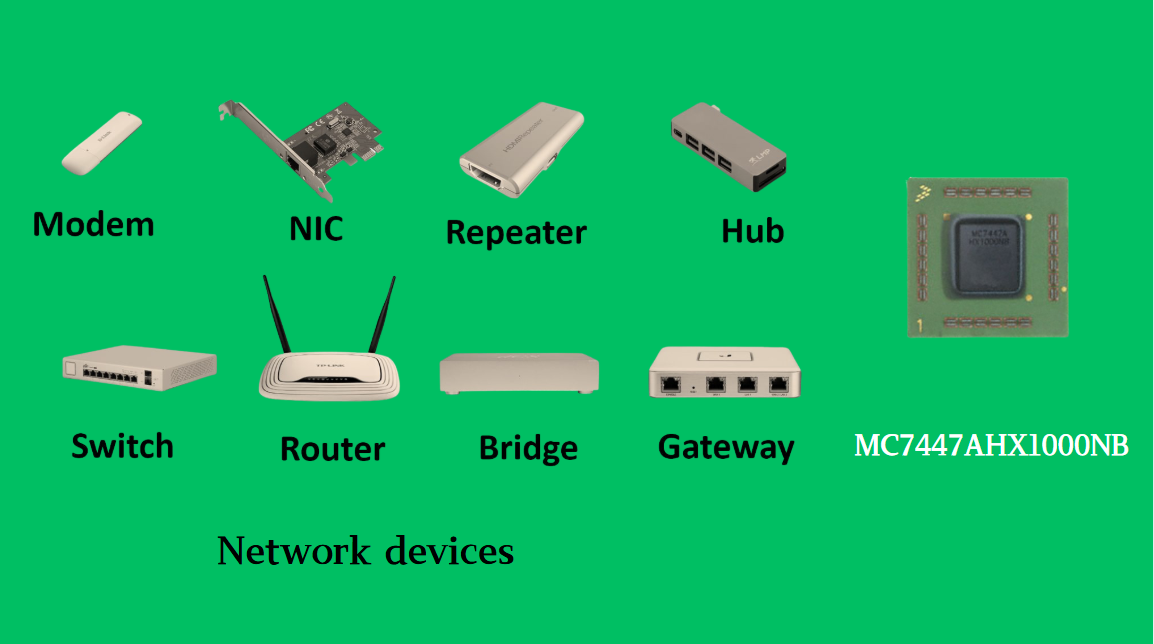
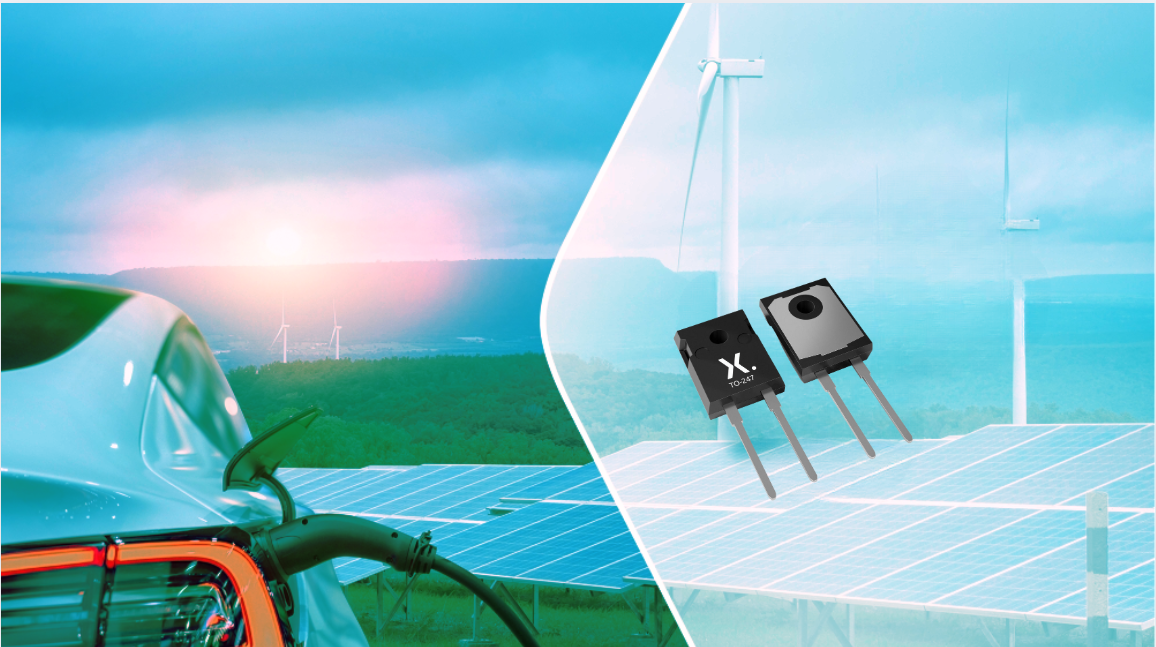
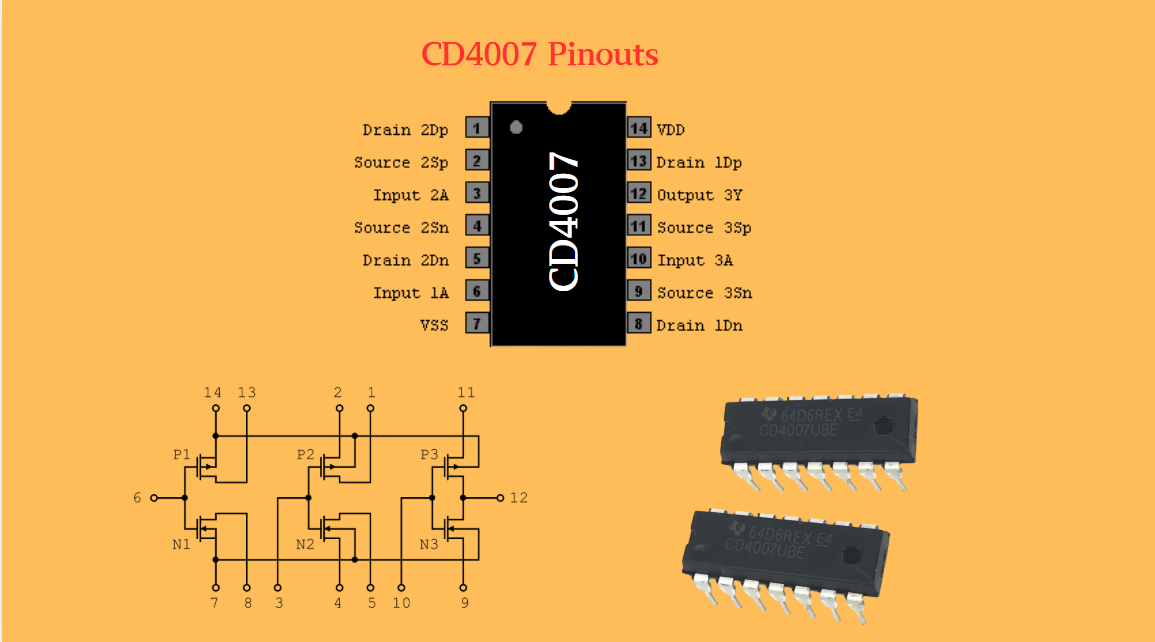
 Wishlist (0 Items)
Wishlist (0 Items)